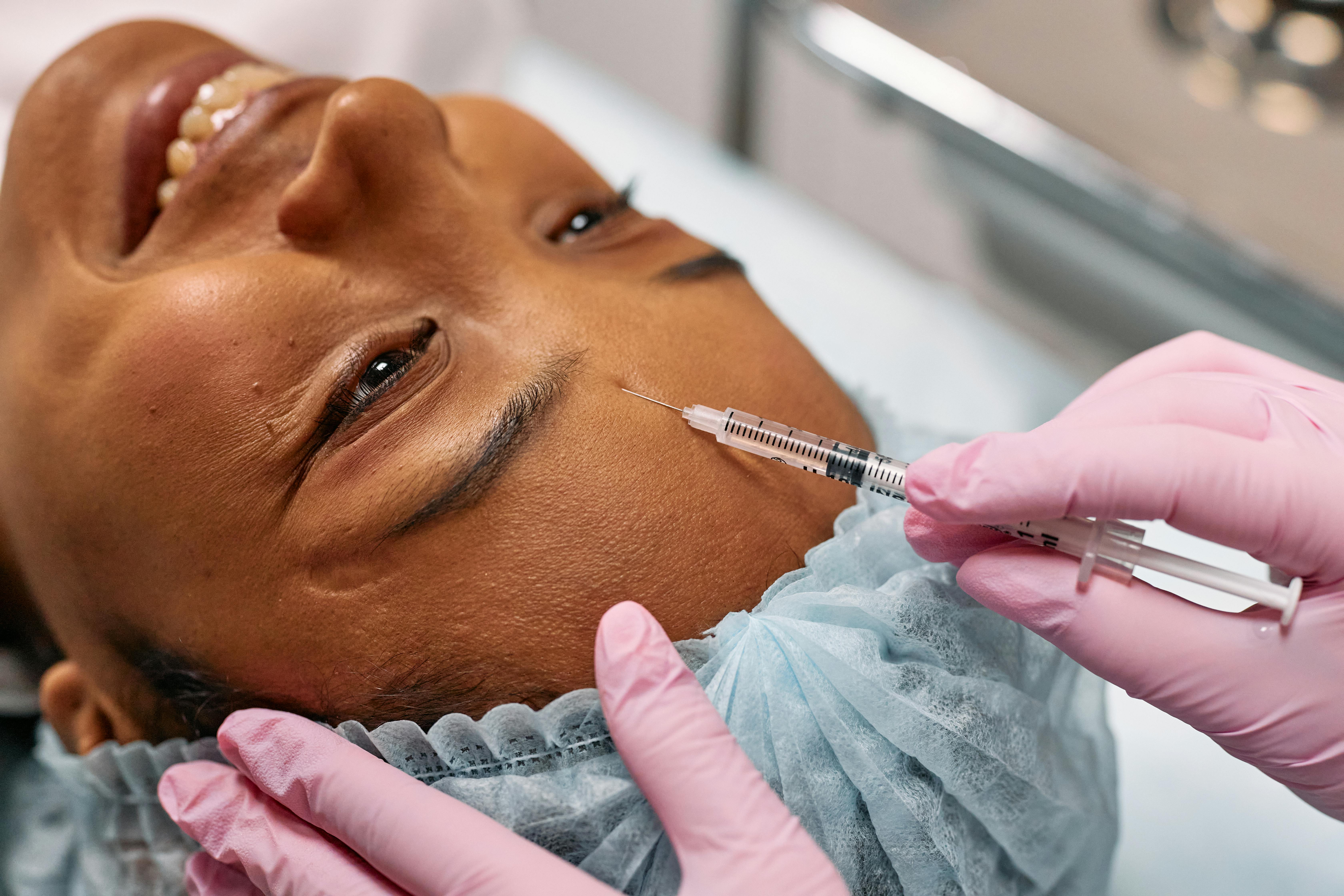Reveal Beautiful Legs: How Sclerotherapy Helps Treat Spider Veins
Spider veins can be a source of discomfort and self-consciousness for many individuals. These small, visible blood vessels that appear close to the skin's surface can detract from the appearance of otherwise smooth and healthy-looking legs. Fortunately, sclerotherapy has emerged as a trusted and effective treatment option for those seeking to address spider veins and regain confidence in their appearance. This article will explore how sclerotherapy works, its benefits, and what patients can expect from this popular vein removal procedure.

What is sclerotherapy and how does it work?
Sclerotherapy is a medical procedure that involves injecting a special solution directly into problematic veins to cause them to collapse and fade away. During the treatment, a healthcare professional uses a very fine needle to inject a sclerosing agent into the targeted spider veins or small varicose veins. The solution irritates the lining of the blood vessel, causing it to swell and stick together, which blocks the flow of blood.
Over time, the treated vein turns into scar tissue and fades from view as the body naturally absorbs the collapsed vessel. The blood that previously flowed through these problematic veins gets rerouted to healthier veins deeper in the leg. The entire process typically takes 15 to 30 minutes per session, depending on the number and size of veins being treated.
The most commonly used sclerosing agents include sodium tetradecyl sulfate and polidocanol, both of which have been extensively tested and approved for safety and effectiveness. Your healthcare provider will determine the appropriate concentration and type of solution based on the size and location of your veins.
What are the benefits of choosing sclerotherapy for vein removal?
Sclerotherapy offers numerous advantages over other vein treatment methods, making it a preferred choice for many patients and healthcare providers. The procedure requires no anesthesia and can be performed in a doctor’s office without the need for hospitalization or extensive downtime.
One of the primary benefits is the high success rate, with studies showing that 80 to 90 percent of treated veins can be effectively eliminated. The treatment is particularly effective for spider veins and smaller varicose veins, providing noticeable cosmetic improvement within a few weeks to months.
The minimally invasive nature of sclerotherapy means patients can return to normal activities almost immediately, though strenuous exercise may need to be avoided for a few days. Unlike surgical procedures, there are no incisions, stitches, or significant recovery periods required.
Cost-effectiveness represents another significant advantage, as sclerotherapy typically costs less than surgical alternatives while delivering comparable results for appropriate candidates. The procedure also carries minimal risk of complications when performed by qualified healthcare professionals.
What can patients expect during and after sclerotherapy treatment?
Before the procedure begins, your healthcare provider will examine your legs and may use ultrasound to map the veins requiring treatment. You’ll be positioned comfortably on an examination table, and the treatment area will be cleaned thoroughly.
During the injection process, you may experience mild discomfort or a slight burning sensation, but most patients find the procedure quite tolerable. Some people describe feeling a small pinch similar to getting a vaccination. The number of injections depends on the extent of your vein problem, but most sessions involve multiple small injections across the affected areas.
Immediately after treatment, you may notice some redness, swelling, or bruising around the injection sites, which is completely normal. Your healthcare provider will likely recommend wearing compression stockings for several days to weeks following the procedure to help maintain pressure on the treated veins and improve results.
Most patients can walk immediately after treatment and return to work the same day. However, you should avoid hot baths, saunas, and direct sun exposure on treated areas for at least 48 hours. Strenuous exercise and heavy lifting should be avoided for about a week to allow proper healing.
Results become visible gradually over several weeks to months as treated veins fade. Some patients may require multiple sessions spaced several weeks apart to achieve optimal results, especially if they have extensive vein problems.
| Treatment Provider | Average Cost Range | Sessions Typically Needed |
|---|---|---|
| Dermatology Clinics | $300-$500 per session | 2-4 sessions |
| Vascular Surgery Centers | $400-$600 per session | 1-3 sessions |
| Cosmetic Medicine Practices | $250-$450 per session | 2-5 sessions |
Prices, rates, or cost estimates mentioned in this article are based on the latest available information but may change over time. Independent research is advised before making financial decisions.
Potential Side Effects and Considerations
While sclerotherapy is generally safe, understanding potential side effects helps patients make informed decisions about treatment. Common temporary side effects include bruising, swelling, and skin discoloration around injection sites, which typically resolve within a few weeks.
Some patients may develop small skin sores or temporary brown lines or spots near treated veins. These effects usually fade over time but can occasionally persist for several months. Rarely, patients may experience allergic reactions to the sclerosing solution or develop blood clots in treated veins.
Certain individuals may not be ideal candidates for sclerotherapy, including pregnant women, people with certain blood clotting disorders, or those with severe underlying vascular disease. Your healthcare provider will evaluate your medical history and current health status to determine if sclerotherapy is appropriate for your situation.
Sclerotherapy represents a proven, effective solution for spider veins that can help restore confidence in your appearance while addressing underlying vein problems. With proper evaluation, treatment by qualified professionals, and realistic expectations about results and recovery, most patients achieve significant improvement in both the cosmetic appearance and comfort of their legs. The combination of minimal downtime, high success rates, and relatively affordable costs makes sclerotherapy an attractive option for people seeking to reveal beautiful, healthy-looking legs.
This article is for informational purposes only and should not be considered medical advice. Please consult a qualified healthcare professional for personalized guidance and treatment.



